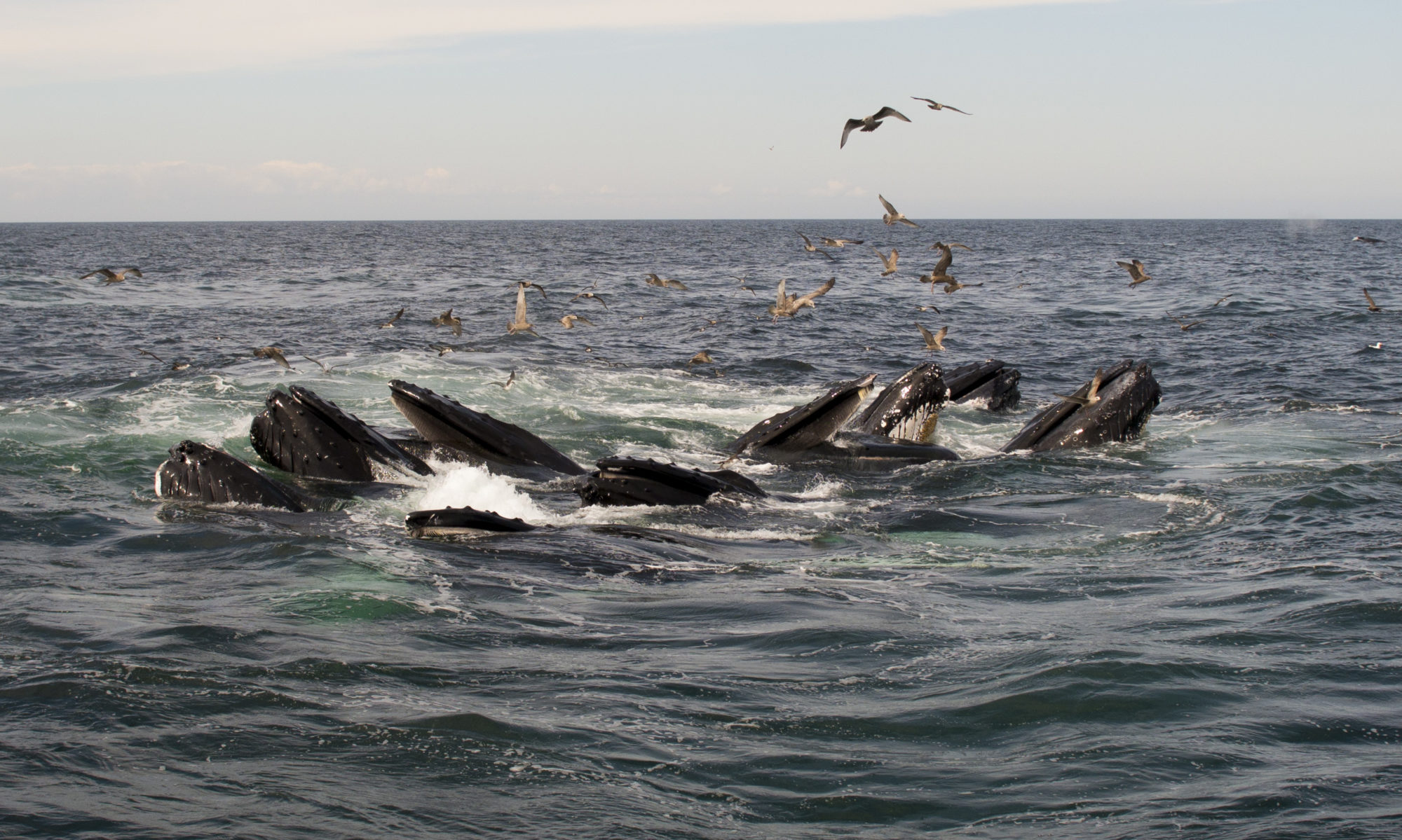My kind of bank
Timbuktu Chronicles, a “view of Africa and Africans with a focus on entrepreneurship, innovation, technology, practical remedies and other self sustaining activities” by Emeka Okafor, takes note of Community Seed Banks with links to fuller reports..
Scary global warming animation
The Mystery of Consciousness
Great article in Time about “The Mystery of Consciousness “:
Some mavericks, like the mathematician Roger Penrose, suggest the answer might someday be found in quantum mechanics. But to my ear, this amounts to the feeling that quantum mechanics sure is weird, and consciousness sure is weird, so maybe quantum mechanics can explain consciousness.
Wolf Moon
In honor of tonight’s Wolf Moon, Astronomy Picture of the Day has posted a montage of twenty full moons. Be sure to click through to the twenty frame movie.
Astronomy Picture of the Day
A truly amazing photo on Astronomy Picture of the Day for September 21. (You can see previous days’ photos if you follow the link after today.)
The Elegant Universe: Superstrings, Hidden Dimensions, and the Quest for the Ultimate Theory
Brian Greene. A brilliant, understandable attempt to describe current physical theories on the nature of reality. Not easy going, but all the same it’s meant for lay readers, not physicists. Literally thrilling–especially the initial description of relativity. I felt like Greene was giving me a peek into a conceptual framework that felt like I was getting a glimpse of God. I mean it; thrilling.
Grasshopper Dreaming: Reflections on Killing and Loving
By Jeffrey A. Lockwood. What a fantastic little book of essays from a Unitarian Universalist professor of entomology at the University of Wyoming.
In “Confession of a Deserter” Lockwood addresses the scientific hegemony on defining truth and argues:
I would not advocate a form of epistemological relativism in which any question can be answered with any method (mathematical theorems are not proven by prayer, despite my desperate entreaties during geometry exams), but for the big questions of the world, there needs to be scientific humility and epistemological pluralism. The question of human existence is a matter of both how we came to be (the legitimate purview of science) and why we came to be (the valid realm of religion). For scientific texts to assert that there is no purpose or direction in evolution is as unfounded as the religious tracts that claim to interpret fossil evidence and geomorphology in terms of the Bible. Science has no method, text, or instrument to detect meaning in the universe.
Later in the same essay, he describes a widely interdisciplinary engagement:
I co-taught a course on science and religion in which we had the four instructors (a theologian, a sociologist, a zoologist, and me) engage in a panel discussion of holism. From this discussion emerged three conceptual models, best illustrated with an example. Let’s assume that we want to develop a management plan for a lake. The “scientific model” of holism would suggest that sound management requires the involvement of biologists, chemists, hydrologists, geologists, atmospheric scientists, and the like. No single scientist coudl possibly have sufficient expertise in all of these fields. The class generally agreed that scientific holism was a better approach than claiming to understand the lake through any one discipline. However, there was a more expansive approach, the “academic model” of holism. According to this notion, the team studying the lake should be composed not only of these scientists but also of historians, anthropologists, sociologists, political scientists, and economists. This breadth of expertise assured that matters of policy, culture, and valuation were included. In general, the inclusion of the soft social sciences was viewed as an enlightened concession, but this was as far as holism could be taken. The final approach was my “radical model” of holism, in which the team would include a shaman, a poet, and a fish. For the most part, my colleagues and students found this to be absurb–these entitites could not even communicate with the scientists. I hesitated to suggest that they might, however, be able to communicate with the lake. In fact, perhaps the shaman and poet were the only beings who might be aopen to communication with both the fish and the chemist.
It’s published by Skinner House Books.
Thanks for that solar flare
See the animated gifs towards the bottom of this page: Spaceweather.com: October 2003 Aurora Gallery If this isn’t just too cool, I don’t know what is. I’m hoping we’ll see some Northern Lights here in Boston tonight.
Mars
Last night I went to the Museum of Science with my friends Paul and Alanna, who have a telescope that they set up on the roof. Thousands of people were there in lines for the observatory and for the other telescopes. Early in the evening, all I could see (through the telescope) was an orange disk. By the end of the evening, when Mars was higher in the sky and it was darker, I could see the south polar ice cap as a tiny spot of brightness. Very exciting.
